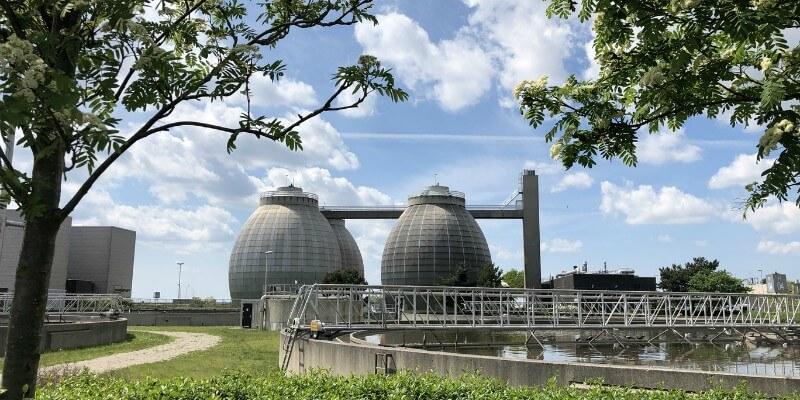Anaerobic digestion (AD) occurs any time organic waste is broken down by bacteria in an oxygen free environment, like at some points along the human digestive system. AD technology artificially creates this environment in a closed chamber that then captures the methane gas which results from the reaction. The methane can be run through a generator to create electricity, burned on-site for heating, or upgraded to renewable natural gas and injected into natural gas pipelines.
This technology has fascinated me for a few years, particularly because it diverts organic waste while producing renewable energy as a win-win environmental solution. This summer I partnered with the Office of Sustainability and UVM composting to being research for my senior honors thesis, which was to do a feasibility study for on-campus AD at UVM. However, the preliminary research I did this summer made it clear that AD is not a universal solution and probably not right for UVM. There are three fatal problems that doom AD at UVM.
- Location: There is no obvious place to put an anaerobic digester on or near campus. The best location might be on or near the Miller Farm, but communities in the area would likely be in opposition to a noisy odiferous digester.
- Feedstock Availability: There needs to be a consistent stream of waste to feed the machine or the bacteria die. Students are only on campus producing food waste seven months of the year. While cow manure is an acceptable input, there are not enough cows at the Miller Farm to fill a digester without the added food waste.
- Cost: AD technology typically costs tens of millions of dollars to install. Maintenance and new parts are also expensive. All the other elements of the project would have to be in perfect order to justify this investment.
